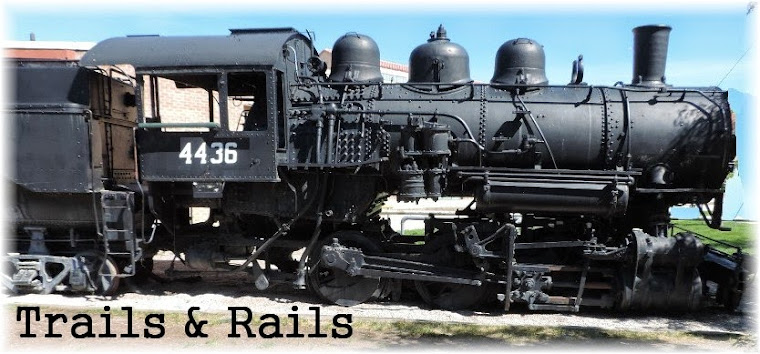I recently ordered four books for research. One is Cowboy Slang. The other book on western speech patterns, Cowboy Lingo, I received a day or two before these three. I have the book about life in the 1800s, but these books focus on the West. Of the two, I prefer Cowboy Slang. It is organized in a manner that pleases my brain more.
The other book is titled I See by Your Outfit. It shows photos of working cowboys from the 1870s up through about the 1920s. I gleaned a few interesting facts from this book:

1. Back when most stirrups were thick and still made of wood, cowboys wore regular work boots or shoes. The development of the two inch high cowboy heel on what we today recognize as cowboy boots did not come about until around around the mid-1870s. Stirrups became narrower and the higher heel was needed to prevent the cowboys' foot from slipping.
 2. The pants of choice for years were made out of wool. Although the farmers and miners liked canvas and denim pants, it took a long time for those fabrics to catch on with cowboys. As for overalls--very few cowboys wore them. They were considered farmer garb. Only when the cowboys were desperate for new pants and the only thing available at the mercantile was overalls did most cowboys buy them.
2. The pants of choice for years were made out of wool. Although the farmers and miners liked canvas and denim pants, it took a long time for those fabrics to catch on with cowboys. As for overalls--very few cowboys wore them. They were considered farmer garb. Only when the cowboys were desperate for new pants and the only thing available at the mercantile was overalls did most cowboys buy them.3. Many cowboys preferred to wear Army clothing that they bought as surplus from the Army or off of a soldier who needed the money. They believed Army clothing held up better than most of the commercial clothing available. So, for those guys who think buying from an Army-Navy surplus store is a new thing....
This little jewel, How the West Was Worn, I did not order through the mail. I think I picked it up from a bookstore on one of my forays to either Yosemite National Park or Mariposa. It has a lot of good photos and descriptions of clothing worn by men, women and children living in the West.
Oh, and F.Y.I.--I tidbit I picked up from my internet research: most early cowboys, railroad workers and westerners preferred a narrower-brimmed hat. Hats with a wide brim got caught by the wind and blew off their heads too easily. Although a lot of men wore the slouch hats that were popular during the Civil War (Many military units wore slouch hats instead of forage caps.), what was called the bowler in Britain and the derby in the United States was a very popular hat in the West.
The Stetson "Boss of the Plains" first became available in 1870. It did become quite popular in the next few decades and was offered in the mail order catalogs. Since most cowboy photos I've seen are from the 1880s and later, this style of hat shows up in them quite often. But, look at your photos of westerners taken in the earlier decades, and you will see hats with narrower brims.
A Short History of Reconstruction I ordered for research for another novel set post-Civil War, but not necessarily in the west. As for the splash of blue in my top photo, that was some fabric I ordered for a nautical youth quilt. No relation to the topic of this blog post.




